
Aircon Compressor Cleaning & Repair
What is an aircon condenser and how it works?
An aircon condenser (also known as an air conditioning condenser) is a vital component of an air conditioning system that helps to remove heat from the refrigerant. It is located outside the building and mostly hangs outside of your apartment.
It consists of a fan and coils. The coils are like tubes filled with refrigerant, which absorbs heat from the indoor air as it flows over the evaporator coil. The refrigerant now in the form of gas flows to the condenser releasing the heat to the outside air.
The condenser's fan blows air over the condenser coil to increase the heat transfer efficiency, this helps to cool down the refrigerant to return back to liquid state.
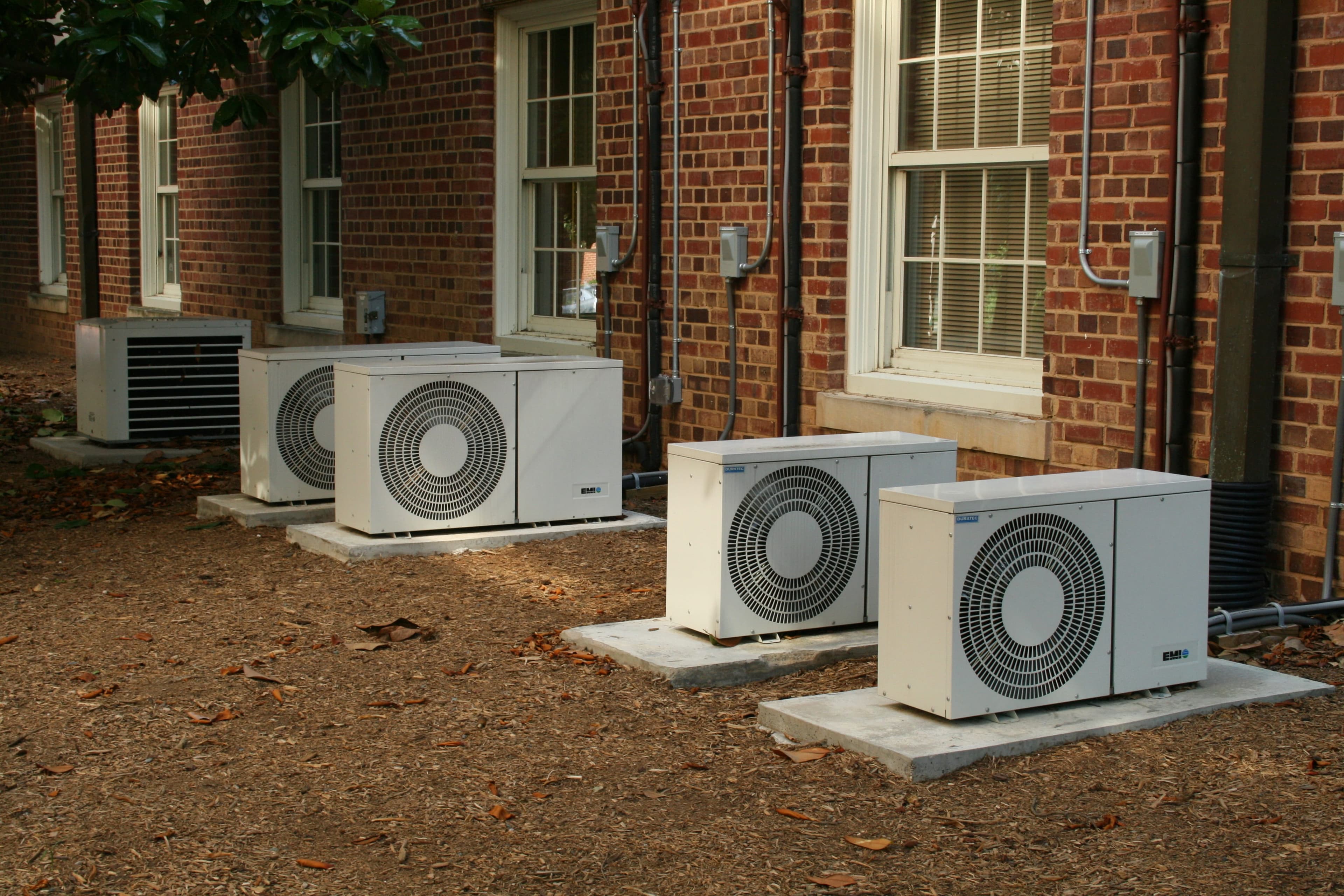
How to do aircon condenser cleaning?
Air conditioning condenser cleaning is an important maintenance task that should be performed regularly to ensure that your air conditioning system operates efficiently and effectively.
In Singapore, majority of residents live in HDBs or Condos where the aircon condenser is attached to the outside wall. It is advised to book a professional aircon contractor who are trained to carry out condenser cleaning in such a risky setup with the use of mandatory safety measures. However, if you live in a landed house and the aircon condenser in on the ground, you can try the cleaning yourself.
Here are the steps to clean your air conditioning condenser yourself:
1. Turn off the power supply to the air con units.
2. Remove any debris, such as leaves or twigs, from the exterior of the condenser unit using a soft brush or vacuum cleaner.
3. Unscrew the top of the condenser unit and remove the fan guard.
4. Use a soft brush to clean the fins of the condenser coil. Be careful not to damage the fins as they are delicate.
5. Spray the fins with a gentle stream of water from a garden hose. Be sure to aim the water stream from the inside of the unit outwards to prevent moisture from entering the electrical components.
6. If the fins are heavily clogged with dirt or debris, you may need to use a commercial coil cleaner. Follow the manufacturer's instructions carefully when using the cleaner.
7. Replace the fan guard and screw it back into place.
8. Turn on the power supply to the air conditioning unit by switching on the circuit breaker.
9. Test the air conditioning system to ensure that it is operating efficiently.
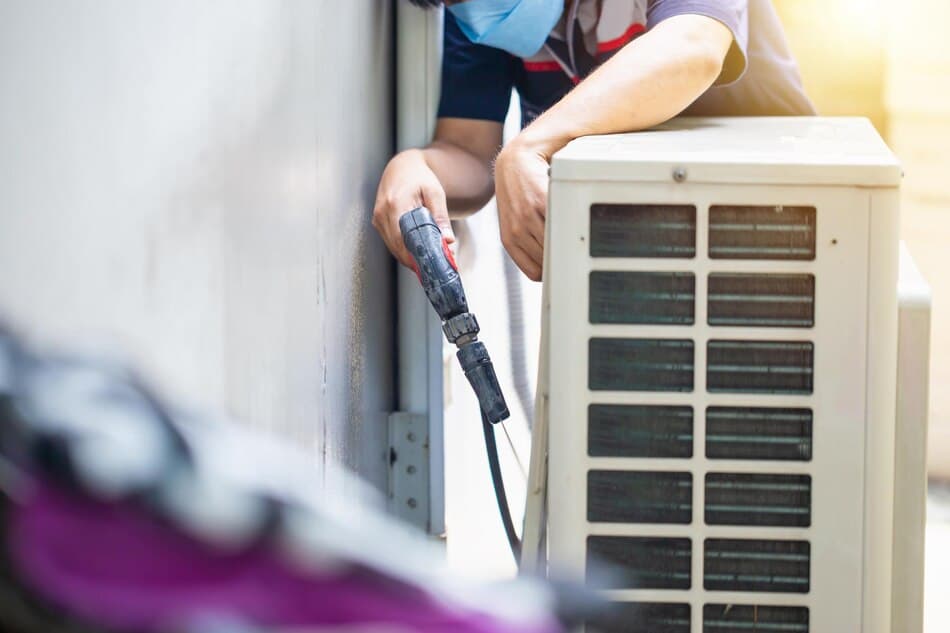
For deeper cleaning of the condenser to remove rigid dirt and clogs who may need professional aircon cleaning service who have the expertise to perform deeper cleaning.
Why does a condenser need cleaning?
The aircon condenser needs regular cleaning to ensure efficient and effective cooling. Over a period of time, the condenser gets dirty from outside dust, debris and sometimes covered with leaves. This can result in inefficient release of heat from the condenser and negatively impacts the air conditioning.
Here are some reasons why the condenser needs regular cleaning:
1. Improved Efficiency
Keeping the condenser clean improves the release of heat of heat to outside air resulting in efficient cooling.
2. Prolonged Lifespan
Regular cleaning prevents rusting, decomposition of certain parts and prevents overheating of the condenser which in turn improves the longevity of the air conditioner.
3. Better Air Quality
Removing dust and air borne particles from the condenser keeps the air within fresh and hygienic.
4. Prevents Breakdowns
A clogged condenser can cause extreme overheating resulting in permanent damage to the system and hence expensive repair cost.
How to repair aircon condenser?
Repairing an air conditioning condenser can be a complex task that should be carried out by a qualified HVAC technician. However, here are some common steps that may be taken to repair an air conditioning condenser:
1. Identify the problem
The first step in repairing an air conditioning condenser is to identify the problem. This can be done by testing the system and looking for any signs of damage or wear.
2. Replace damaged parts
If there are any damaged parts, such as the fan blades or motor, these will need to be replaced. The technician will typically remove the damaged part and install a new one.
3. Repair refrigerant leaks
If there are refrigerant leaks in the condenser, the technician will need to locate and repair the leak. This may involve replacing a damaged pipe or tightening connections.
4. Clean the condenser
In some cases, the problem with the condenser may be due to dirt or debris buildup. The technician will clean the condenser thoroughly to improve its efficiency and performance.
5. Recharge the refrigerant
If the refrigerant level is low, the technician will need to recharge the system. This involves adding the appropriate amount of refrigerant to the system.
6. Test the system
Once the repair work is complete, the technician will test the system to ensure that it is operating correctly and efficiently.
It's important to note that repairing an air conditioning condenser can be dangerous and should only be carried out by a qualified technician. Attempting to repair the system yourself could result in injury or further damage to the system. If you suspect that your air conditioning condenser needs repair, it's best to call a licensed HVAC professional to diagnose and repair the problem.
Best 7 Ways To Prevent Your Aircon From Leaking Water

Learn 7 simple and effective ways to prevent your aircon from leaking water in your HDB or condo. Stay cool and dry with these expert maintenance tips.
Risk Of Cheap Aircon Servicing In Singapore | 7 Check Points
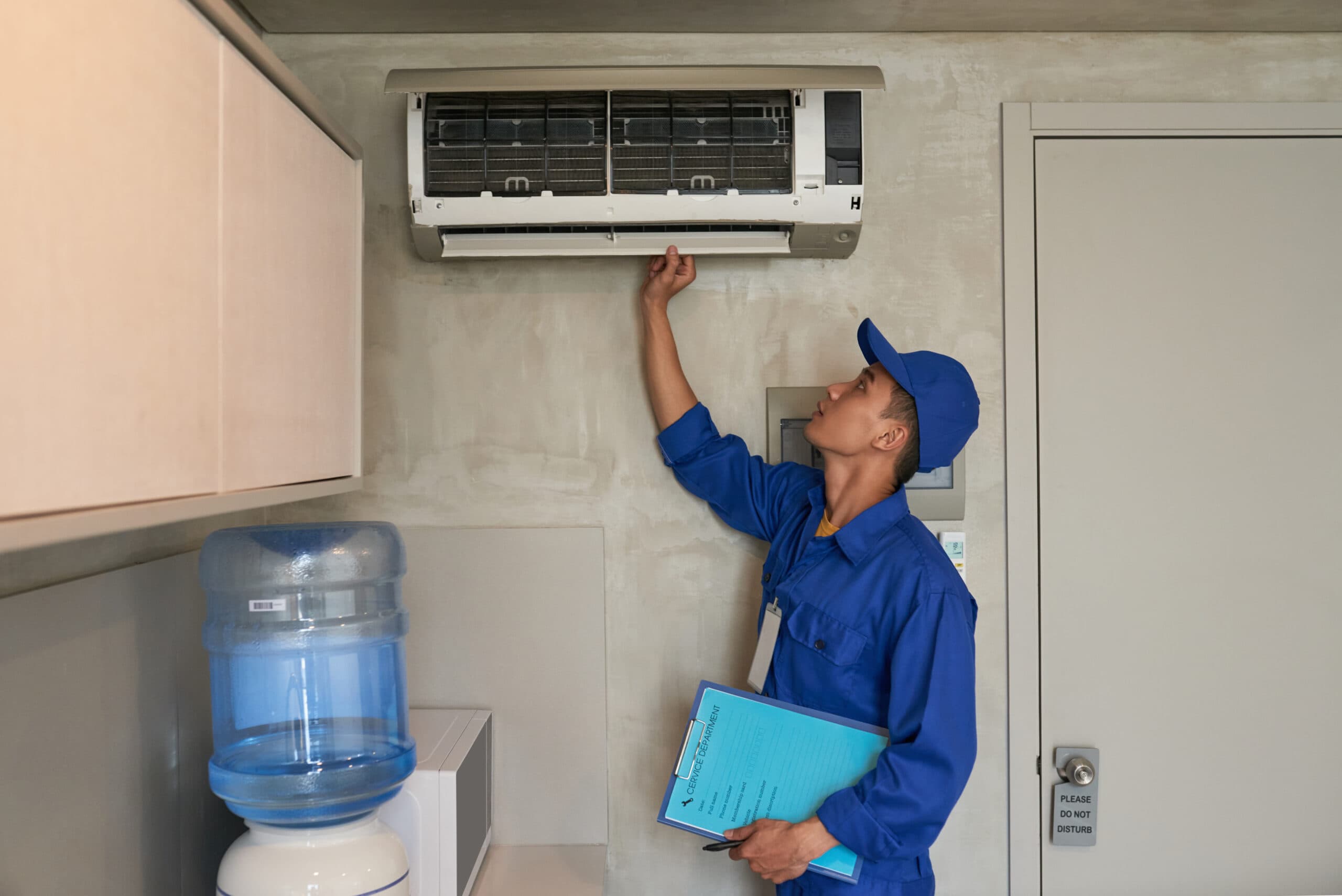
Thinking of booking cheap aircon servicing in Singapore? Discover 7 key ways to check if it’s worth it and avoid low-quality work that can damage your aircon.
Regular Aircon Servicing Is Important For Every Home
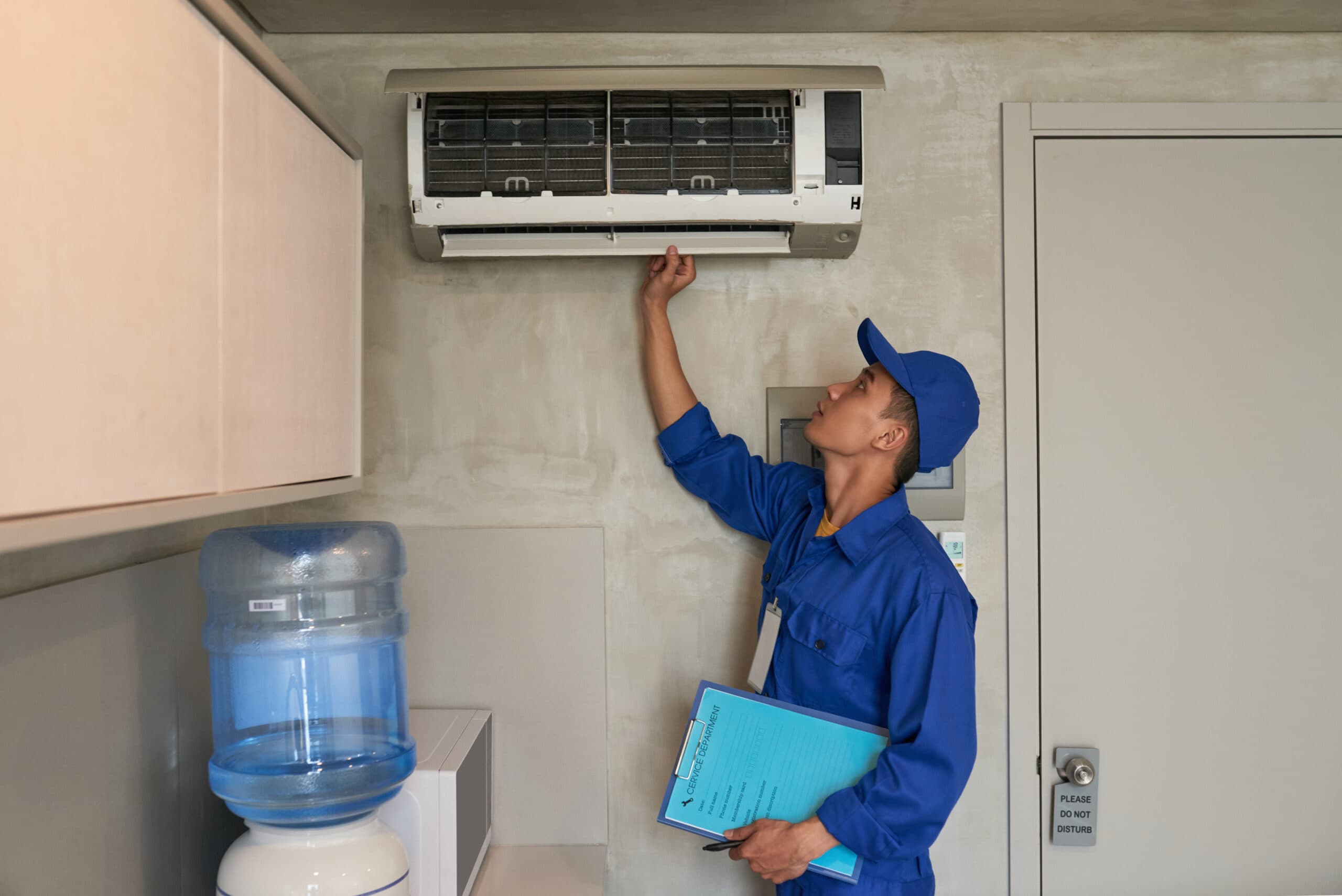
Keep your aircon running efficiently in Singapore. Learn why regular aircon servicing is essential, how to monitor for issues, and when to call a professional.
7 Expert Tips To Prevent Your Aircon From Overheating

Wondering how to prevent your aircon from overheating? Follow these seven essential tips to cool it down!
Professional PRISM+ Aircon Servicing in Singapore

Looking for reliable PRISM+ aircon servicing in Singapore? StringsSG specializes in comprehensive aircon servicing & repair to keep your AC running efficiently.
9 Steps In The Professional Aircon Chemical Overhaul Process

Explore the 9-step professional aircon chemical overhaul process. Get full-unit deep cleaning, reinstallation, and performance restoration by experts.
Why is your air con leaking water and how to fix

The indoor unit of your air con has a component called the evaporator coils which helps to cool the warm air. As warm air touches the condenser..
Repair Aircon Printed Circuit Board (PCB)

An aircon PCB (Printed Circuit Board) refers to the control or circuit board in an air conditioning unit that controls various functions of..
Aircon Thermistor Guide

Aircon Thermistor replacement can cost anywhere between $120 to $250 based on several factors, such as the aircon brand/model, complexity of..
Aircon Condenser Cleaning & Repair
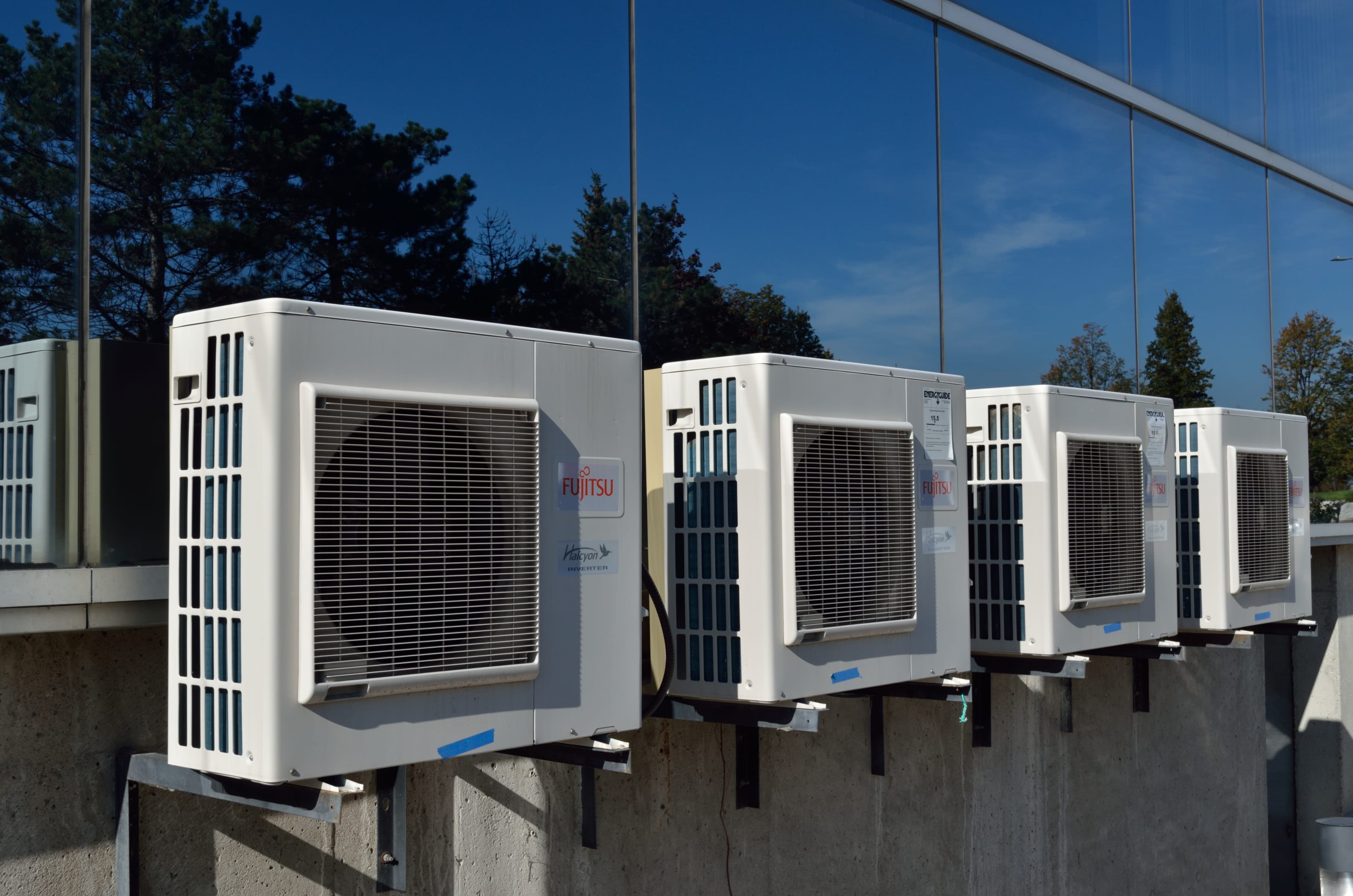
An aircon condenser (also known as an air conditioning condenser) is a vital component of an air conditioning system that helps to remove heat..
Complete Guide To Aircon Installation
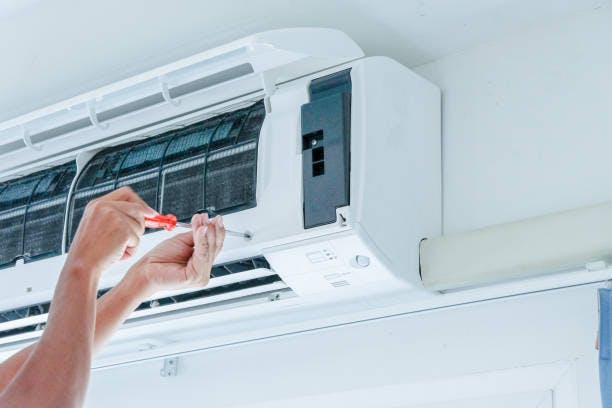
Moving in to a new house or just want to replace your Aircon? Everything you need to know about a new Aircon installation. Topic Highlights..
Fix Aircon Gas Leak | Leakage Indications & Repair Cost
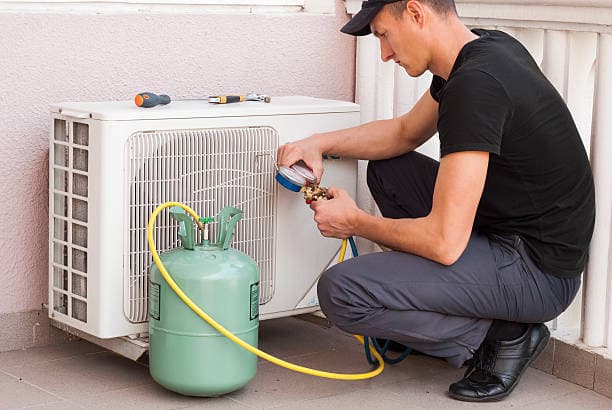
Aircon refrigerant gas leakage is a common issue faced by air conditioning systems in Singapore. Learn more about the cause, indications..
Chemical Wash vs Chemical Overhaul
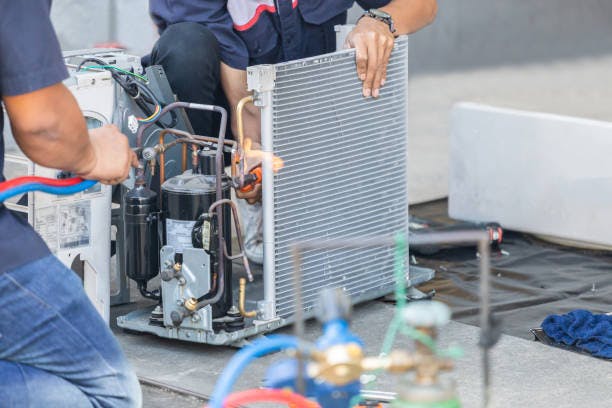
Often people get confused with these terms and what do they mean in terms of cleaning and expenses. The general purpose of a chemical wash..
Top 9 Reasons Why Your Air Conditioner Is Not Cooling
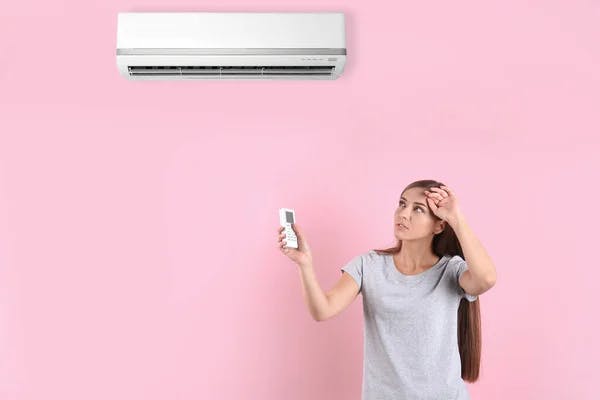
When your aircon is turned on but the air is not cold, it could mean many things like, the machine has run out of refrigerant gas..
Top 5 Reasons Why Your Air Conditioner Is Overheating
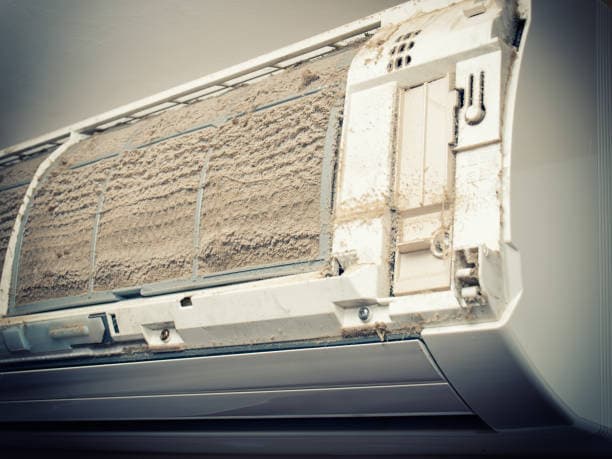
When your air con is working for long hours, it may overheat, which is the most common reason. Bad Or Dirty Air Filters- Air filter..